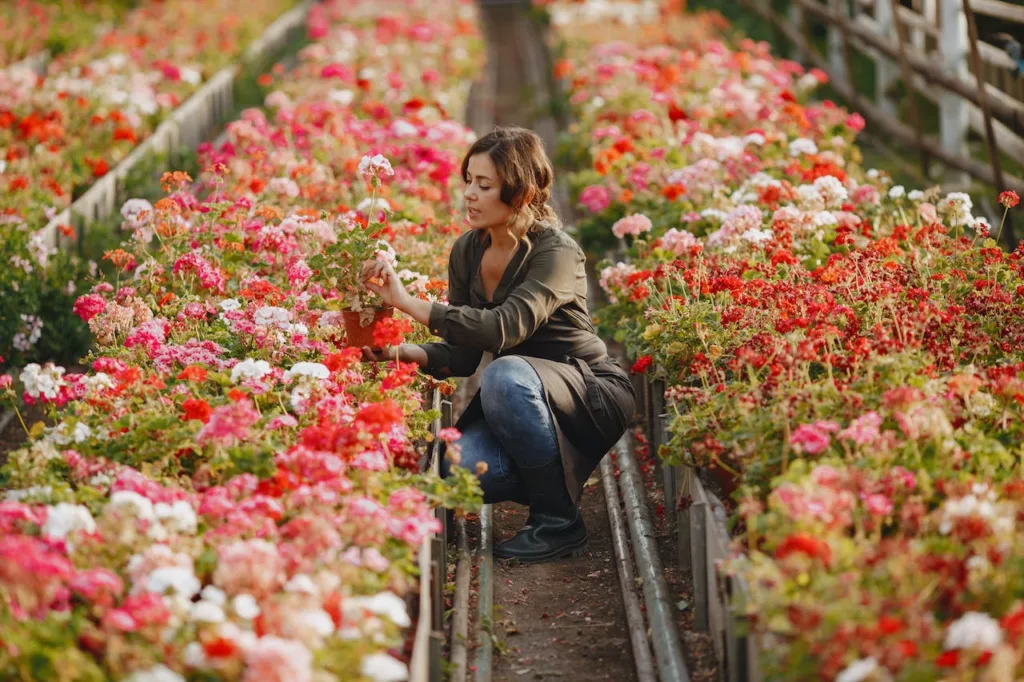“Gardening tips” refer to practical pieces of advice, suggestions, or strategies aimed at helping individuals cultivate and maintain a successful garden.
These tips cover a wide range of topics, including plant selection, soil preparation, watering techniques, pest control, and overall garden care.
Are you a gardening enthusiast or someone who is just starting on their gardening journey? Well, you’ve come to the right place.
Gardening tips can be tailored to different types of gardens, such as vegetable gardens, flower beds, container gardens, or landscaping projects.
Gardening is not just a hobby, but a therapeutic and rewarding activity that allows you to connect with nature and transform your outdoor space into a vibrant oasis.
Whether you have a sprawling backyard or a cozy balcony, these 15 gardening tips for beginners in the USA will help you kickstart your green thumb adventure!
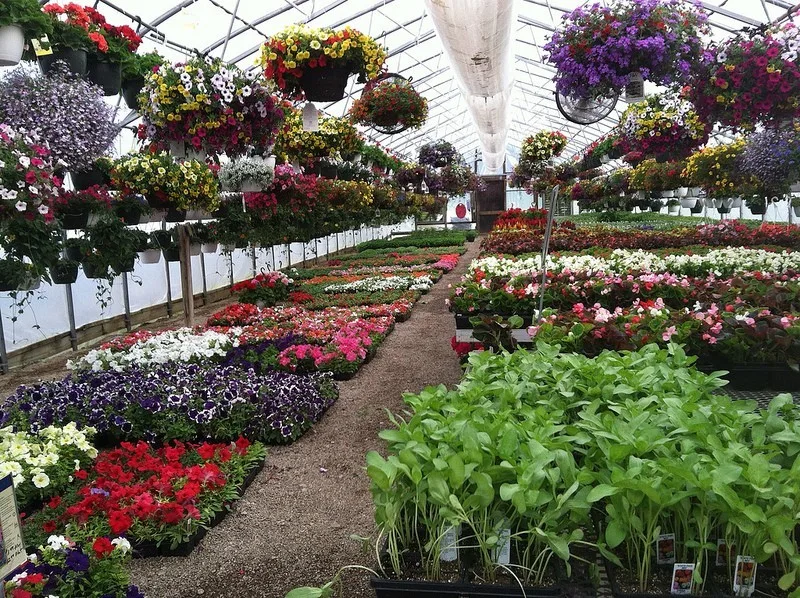
1. Start with the Right Location
One of the keys to a successful garden is choosing the right location. Before digging into the soil, carefully observe the sunlight patterns in your yard.
Most plants thrive in full sun (at least 6 hours of direct sunlight per day), but if you have shade-loving plants, look for a spot with partial shade. Additionally, analyze the soil quality in the chosen location to ensure it is well-draining and fertile.
2. Understand Your Hardiness Zone
The USA spans various hardiness zones, which indicate the average minimum temperatures in specific regions.
Understanding your hardiness zone is crucial in selecting plants that can survive the local climate. The United States Department of Agriculture (USDA) provides a comprehensive hardiness zone map online, which can assist you in making informed decisions about plant choices suitable for your area.
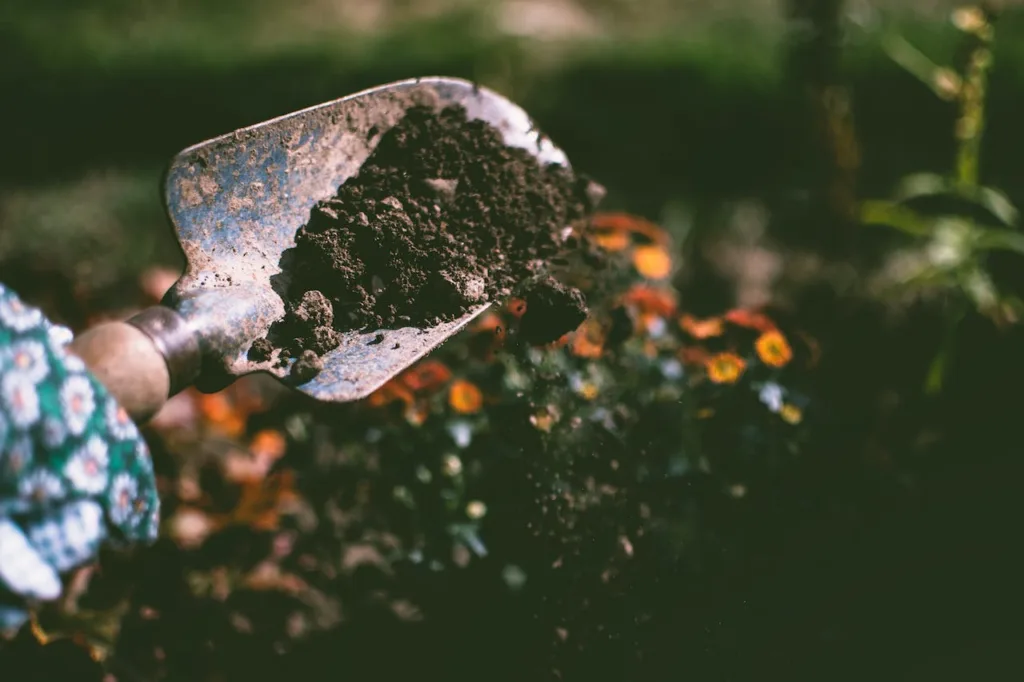
3. Get to Know Your Soil
The foundation of any successful garden lies in healthy soil. Conduct a soil test to determine its pH level and composition.
Most plants prefer slightly acidic to neutral soil, with a pH range of 6.0 to 7.0. If the pH level is off, you can amend the soil by adding organic matter or adjusting it with appropriate soil amendments.
4. Choose the Right Plants

As a beginner, it’s wise to start with plants that are easy to grow and maintain. Look for varieties labeled as “beginner-friendly” or “low-maintenance.”
Some popular options for beginners include marigolds, zinnias, tomatoes, basil, and mint. These plants are forgiving and have a higher chance of thriving even if you make a few mistakes along the way.
5. Opt for Container Gardening
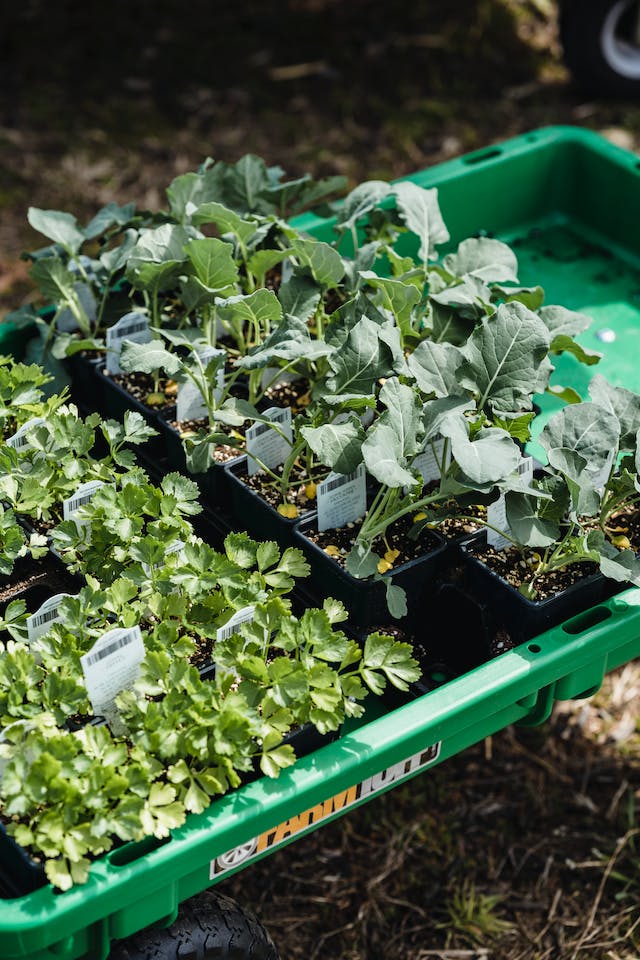
If you have limited space, consider container gardening. This versatile method allows you to grow plants in pots, planters, or even hanging baskets.
Not only does container gardening save space, but it also offers the flexibility to move your plants around to optimize sunlight exposure, especially if you have a small balcony or patio.
6. Be Mindful of Watering

Watering is an essential aspect of gardening, but it’s crucial to strike the right balance. Underwatering can result in dry and withered plants while overwatering can lead to root rot and other fungal diseases.
Generally, it’s better to water deeply and less frequently, allowing the top layer of soil to dry out between waterings. Utilize a watering can or a soaker hose to promote controlled and efficient watering.
7. Mulch for Moisture Retention
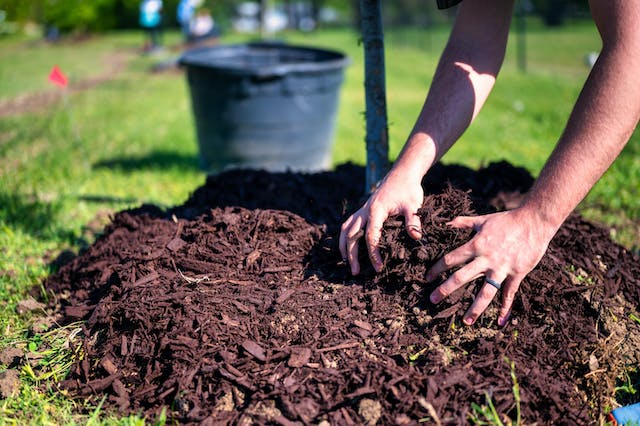
Mulching is a fantastic practice that helps regulate soil temperature and conserve moisture. Apply a layer of organic mulch, such as wood chips or straw, around your plants.
Mulch acts as a protective barrier, preventing weed growth, reducing evaporation, and maintaining the soil’s moisture levels.
8. Feed Your Plants
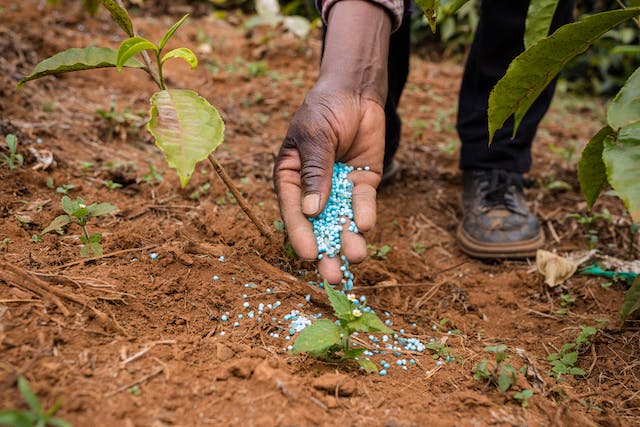
Plants require nutrients to thrive and produce abundant blooms or delicious harvests. Fertilize your plants regularly using organic or slow-release fertilizers.
Remember to follow the recommended dosage and application instructions to avoid over-fertilization, which can harm your plants.
9. Mind the Weeds
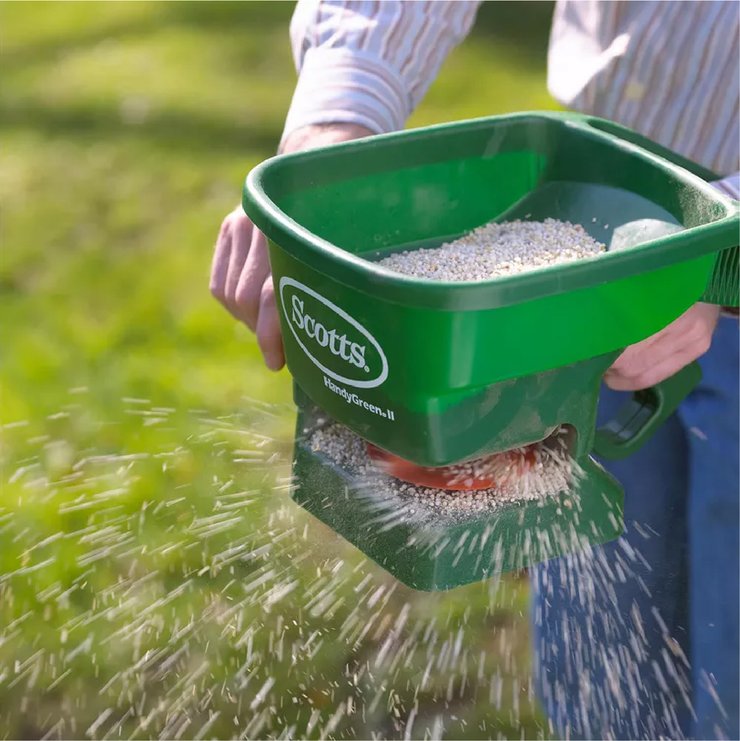
Weeds are unwanted guests that can harm your plants and compete for essential nutrients. Stay proactive and regularly weed your garden to keep it healthy and vibrant.
Use a handheld weeding tool or employ natural weed control methods, such as mulching or using vinegar-based sprays.
10. Pests and Disease Management
Keep an eye out for common pests and diseases that can plague your garden. Inspect your plants regularly for any signs of damage, such as holes in leaves or wilting.
If you notice any issues, research organic pest control methods or reach out to local gardening communities for guidance and recommendations.
11. Pruning and Deadheading
Pruning and deadheading are essential tasks that promote overall plant health and encourage new growth.
Regularly prune your plants to remove dead or diseased branches, improve air circulation, and maintain their desired shape.
Deadheading, the removal of spent flowers, stimulates the production of new blooms and keeps plants looking tidy.
12. Protect your Garden from Wildlife
While wildlife can add charm to your garden, certain species may cause damage to your plants. Install deterrents like fences, netting, or repellents to safeguard your garden against curious critters. Additionally, research plant varieties that are known to be less appealing to wildlife.
13. Learn to Compost
Composting is a fantastic way to reduce waste and enrich your garden soil. Invest in a compost bin or designate an area for composting organic kitchen scraps, grass clippings, and fallen leaves.
Over time, you’ll produce nutrient-rich compost that can be added to your garden beds, improving soil fertility naturally.
14. Embrace Continuous Learning
Gardening is a lifelong learning experience, and there’s always something new to discover. Join local gardening clubs, attend workshops, or participate in online forums to connect with fellow gardeners and learn from their experiences. Gardening books and magazines can also serve as valuable resources to deepen your knowledge.
15. Enjoy the Process
Last but not least, remember to enjoy the gardening process. Gardening is not only about the result but also about finding joy in nurturing and witnessing the growth of your plants.
Spend time outdoors, breathe in the fresh air, and appreciate the beauty of nature surrounding you. Gardening provides a sense of accomplishment and fulfillment that can truly enrich your life.
Final thought
In conclusion, venturing into the world of gardening as a beginner may seem daunting, but with these 15 tips, you’ll be well on your way to cultivating a thriving and beautiful garden.
Remember to start with the right location, choose appropriate plants, water mindfully, manage pests and diseases, and embrace continuous learning.
Gardening is a journey, and each step you take will bring you closer to the rewarding experience of nurturing a vibrant and flourishing outdoor oasis. So roll up your sleeves, grab your gardening tools, and let the journey begin!
FAQs
How do I start gardening at home?
Choose a sunny location, prepare the soil, select suitable plants, follow planting guidelines, establish a watering routine, mulch, fertilize as needed, monitor for pests, and maintain the garden regularly.
How to study gardening?
Read beginner-friendly books and guides, explore online resources, take courses, join gardening communities, experiment with plants, and visit gardens for practical insights.
What is the process of gardening?
Plan the garden layout and plant selection, prepare the site by clearing and soil preparation, plant seeds or young plants, establish a watering routine, care for and maintain the garden, harvest if applicable, adapt to seasonal changes, and engage in continuous learning

